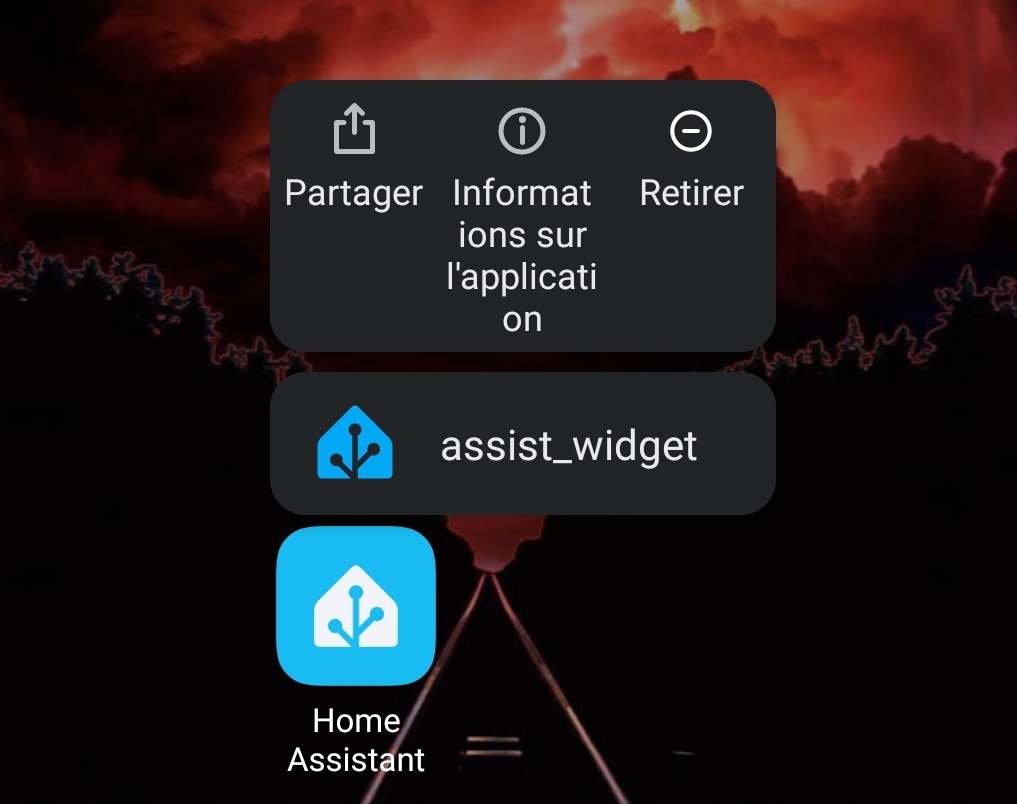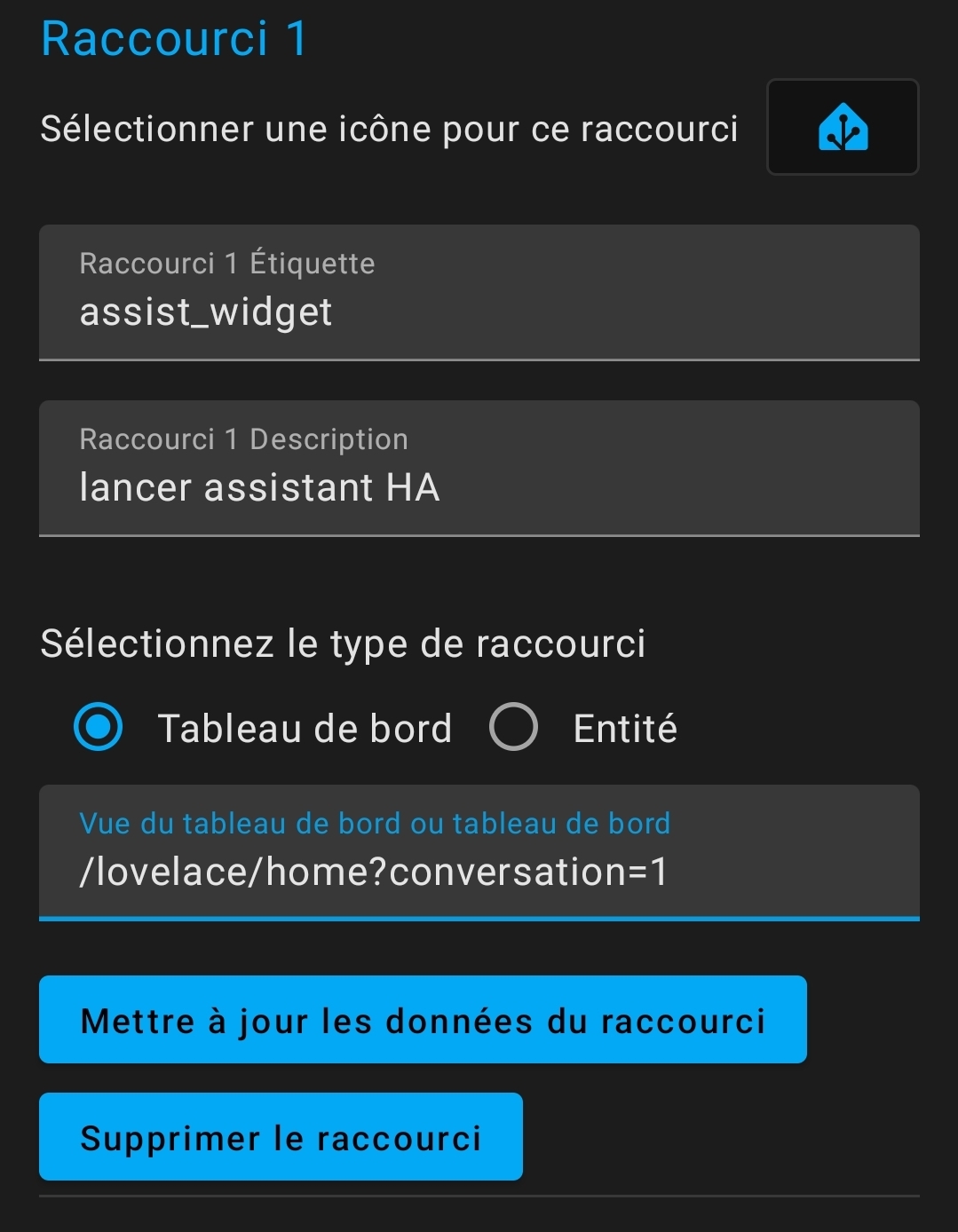Instead of using a community add-on, you can create two generic thermostat. https://www.home-assistant.io/integrations/generic_thermostat/
- 2 Posts
- 29 Comments

 1·3 months ago
1·3 months agoThey do have hub (probably pi like hub) with ZigBee and/or zwave but best to use a small nuc (or similar) and get a ZigBee dongle. Will be a bit more expensive but worth it. Have no idea about pricing for subscription service but I’m not sure they can even match the power of home assistant automation capabilities.

 4·3 months ago
4·3 months agoA complete and affordable setup that will merge anything you want inside a single app will be by using home assistant. But while it is much easier to setup and maintain than a few years ago, selling the house will require new owner to have a few tech knowledge. You also have to make sure that your setup is designed to be used by all family whatever there age and knowledge (and it isn’t always simple)
Describing everything available that would make it a perfect place will take a very very long comment but here are some hint, look at ethernet cameras instead of wifi, ZigBee and zwave instead of wifi for most of the devices as those protocols are designed for smart homes unlike wifi, use as less as possible cloud base solution.
As a starter, you can check for temperatures/humidity sensors, contact sensors for doors/windows, automated curtains, switches, presence detection, lights, leak detectors, weather station, energy monitoring,…

 1·4 months ago
1·4 months agoi’m willing to try to help you but to be honest, it is far from my limited knowledge… and i’m also not english native so i do sometimes struggle to understand some specifc docs…
That being said, looks like exemple given at https://developers.home-assistant.io/docs/voice/intent-recognition/template-sentence-syntax/ isn’t inside _common.yaml
# Example light_HassTurnOn.yaml language: "en"also i just realised that this is developer document which could explain why _common.yaml modifications would be wiped out after an update.
I just had a look to the non developer doc and it suggest intent_script is to be added to configuration.yaml and intent to
custom_sentences/<language>as shown here https://www.home-assistant.io/integrations/conversation/# Example configuration.yaml entry intent_script:# Example temperature.yaml entry language: "en" intents:

 2·4 months ago
2·4 months agoNot 100℅ sure…
Your intent script might need to be a bit different using
speech: text:As shown below https://www.home-assistant.io/integrations/intent_script/
intent_script: CustomOutsideHumidity: speech: text: "It is currently {{ states('sensor.outside_humidity') }} percent humidity outside."Aldo have a look at https://developers.home-assistant.io/docs/voice/intent-recognition/template-sentence-syntax/ for the common.yaml

 11·4 months ago
11·4 months agoExactly, neither fit right for an AI
Can’t recall which video (maybe “year of the voice chapter 5”) but devs talked about it on official youtube Channel

 8·4 months ago
8·4 months agoThink it depends the language, in french gpt is very very close to “j’ai pété” which means “I farted”. But, yeah agree that Claude ain’t much better name
here is my config yaml for climate. added hint for your case but i never had heat pump, does your heat pump only heat or does it also cool? exemple here is ok if only heat. If yours heat/cool, try some of the hacs thermostat addon. A quick search led me to this https://community.home-assistant.io/t/generic-thermostat-switch-between-heating-and-cooling/420053 which point to https://github.com/swingerman/ha-dual-smart-thermostat but i know they are more hacs addon for thermostat, you may need to search which is good for your use if the one above doesn’t suit your needs
climate: - platform: generic_thermostat name: Thermostat Chambre (Riscaldamento) heater: switch.radiateur_chambre (device to toggle your heat pump) target_sensor: sensor.sonde_chambre_temperature (your temp sensor) min_temp: 12 max_temp: 21 ac_mode: false target_temp: 19 cold_tolerance: 0 hot_tolerance: 0.1 min_cycle_duration: seconds: 300 keep_alive: minutes: 3 initial_hvac_mode: "off" (set this to heat if you want it to be active when HA start/reboot) away_temp: 12 precision: 0.1
If I recall correctly, chances are they are coming this year
Unless you want some specific schedule, there is no need for automation, add config to yaml and it is good to go
deleted by creator
Just use generic thermostat https://www.home-assistant.io/integrations/generic_thermostat/

 2·4 months ago
2·4 months agoSmart home junkie just made a video about it https://youtu.be/o3yZWD_sFIE
Will try that soon
I don’t use matrix so cannot answer with precision but you can create an automation and use vacuum state as trigger (ex: from cleaning to dock) and use notify platform to send to matrix whatever message you want
I just tried and I think they are limitations on numerous android OS.
It isn’t exactly a widget but what I have been able to do is create a shortcut when long pressing home assistant app icon on my phone
To do so, go to home assistant app settings/compagnon app/shortcut Give it a name and description, not too short according to documentation (see below), next add under dahsboard
/lovelace/home?conversation=1https://companion.home-assistant.io/docs/integrations/android-shortcuts/


Edit: added another screenshot from settings (sorry in french but that should help). This was just a quick test, this is why I named it assist_widget. You can also change icon type
I’m no expert so not easy to answer to your questions with many details. What I know is that z2m support more devices than zha, get updates more frequently, can be running separately from ha meaning that if ha goes down for any reason, you would be still able to control your ZigBee devices (I personally run it with HA), for some devices z2m expose more informations, also you can ask support for devices.
I said it is better because it is a general consensus from users but if zha works good enough for you then you can stick to it but if you encounter limitations/problems, z2m might be the solution. It is easier to start with zha but in long term, z2m offer more capabilities.
No particular tricks, maybe it’s a one of the limitation of zha. As an exemple, I recently replace a bulb by a new one and old one was repurpose somewhere else in the house, the only thing I did was to rename old bulb and added the new one with old bulb name.
Cannot really answer your questions but if you ever swap to z2m and you keep the exact same friendly name you are using in zha, automations won’t need to be updated. I know it would be still a pain to re-pair but z2m is better than zha, so you will gain in the long term.

You can use an helper to toggle from one to another and use an automation to trigger it (or a simple switch on your dashboard).
But if I were you, I would use a community add-on as dual AC isn’t a niche, I guess it will keep being updated in future. I’ve been using some community add-on for a couple of years and none have been dropped til now.